Cultural tours in Uganda
Cultural tours in Uganda: Uganda, characterized by its cultural diversity, is a fascinating destination to explore in Africa and globally. The diverse culinary techniques, attire regulations, regional dances and music, many art forms, and the distinctiveness of each culture in Uganda entice numerous travelers annually. Uganda is ranked second globally for hospitality and kindness. The visitors engage with the cultures of the regions they explore and appreciate the intriguing folktales and values of the inhabitants. Cultural tours in Uganda are typically conducted alongside wildlife excursions or specifically gorilla trekking.
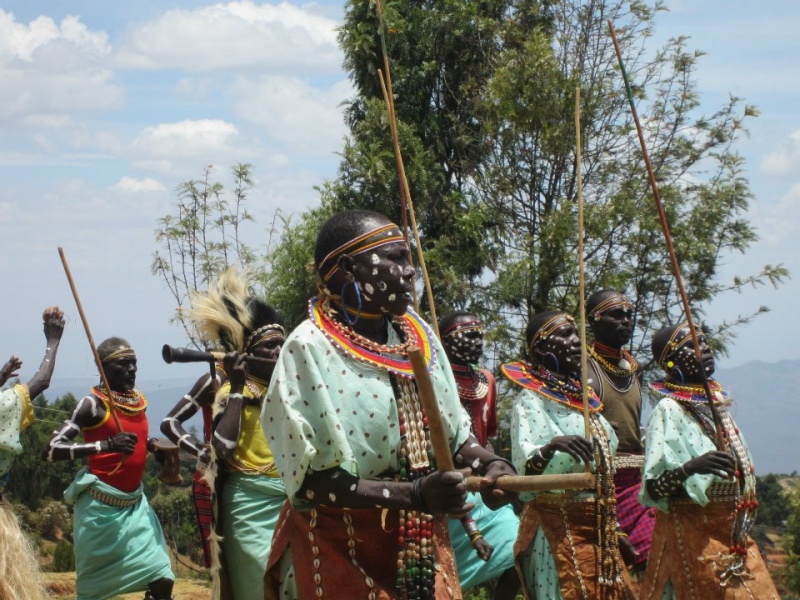
The Batwa in southwestern Uganda and the Ike group in the Karamojong region are the most frequented tribes; however, the Batwa attract more international tourists due to their proximity to gorilla trekking spots, particularly Bwindi National Park. The Ike group in the Karamojong region is frequented because to their pastoralist lifestyle, although existing in a contemporary society. Other tribes encountered are the Baganda, Batooro, and Banyankole, among others, during Uganda Safaris Tours.
In addition to visiting tribes, a day spent exploring the town in your vicinity constitutes an excellent cultural trip opportunity. Experience the remarkable Ugandan kiosks prevalent throughout Africa and savor the renowned Ugandan Rolex, a culinary specialty in its own right. One can also traverse to the bus terminals of the city or town to comprehend the essence of transportation in Uganda. Utilize a boda boda (motorbike) to enhance your urban experience.
As the focal point for numerous premier African safari experiences, including gorilla trekking, chimpanzee trekking, animal safaris, and hiking excursions, Uganda additionally provides distinctive and engaging culture trips that draw a diverse array of cultural tourists globally. Uganda’s culture, comprising over 56 tribes, showcases the distinctiveness of each tribe through diverse traditions, including customary practices, languages, culinary methods, attire, art, music, and drama. Additionally, cultural trips in Uganda are frequently combined with other safaris, including wildlife observation and gorilla trekking, among others.
Cultural tours in Uganda provide an opportunity to engage with the nation’s diverse cultures and spend time in their presence. Moreover, engage in the appreciation of ethnic dances and folklore, while also participating in the preparation and enjoyment of various local cuisines. Moreover, cultural excursions in Uganda facilitate an exploration of the nation’s history and roots, spanning from the pre-colonial to the post-colonial period. Investigating old shrines, kingdoms, and palaces constitutes an integral aspect of discovering Uganda’s rich culture and legacy. The following are the most renowned Cultural Tours in Uganda:
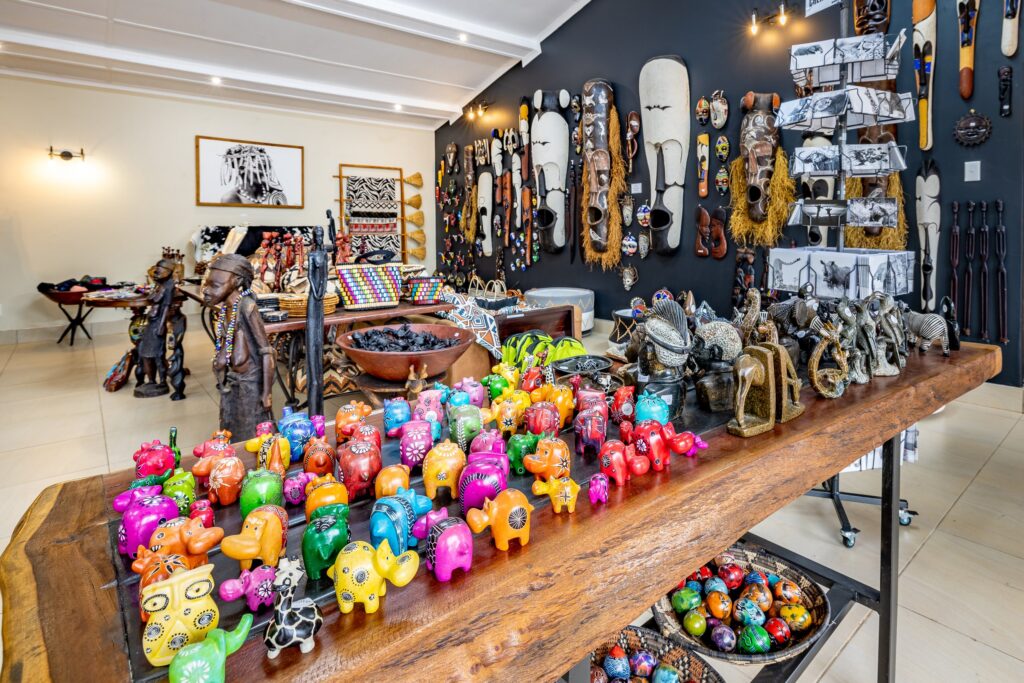
Most frequented cultural sites and individuals in Uganda
The Nomadic Pastoralists
The largest group of nomadic pastoralists in North East Uganda is the Karamojong, particularly the Ike people. They herd their cattle, relocating based on the accessibility of water and forage. Recently, they have opted to inhabit farmlands and have decreased their livestock ownership due to incessant population expansion. Although they have transitioned to a more sedentary lifestyle and diminished their pastoralist practices, they remain a worthwhile destination due to their culture’s continued emphasis on cattle and its byproducts. They are also in proximity to Kidepo National Park, which is advantageous for tourism.
The renowned Batwa Trail
Historically, the Batwa were foragers and hunters residing in the deep Bwindi Impenetrable Forest for numerous ages. They foraged and hunted for sustenance and medicinal resources, thereby had extensive knowledge of the forest flora. This knowledge was transmitted by songs, narratives, and dance. The Batwa currently reside in the communities next to the forest, making the inclusion of the Batwa trail an exceptional addition to your vacation to Uganda through Uganda Tours.
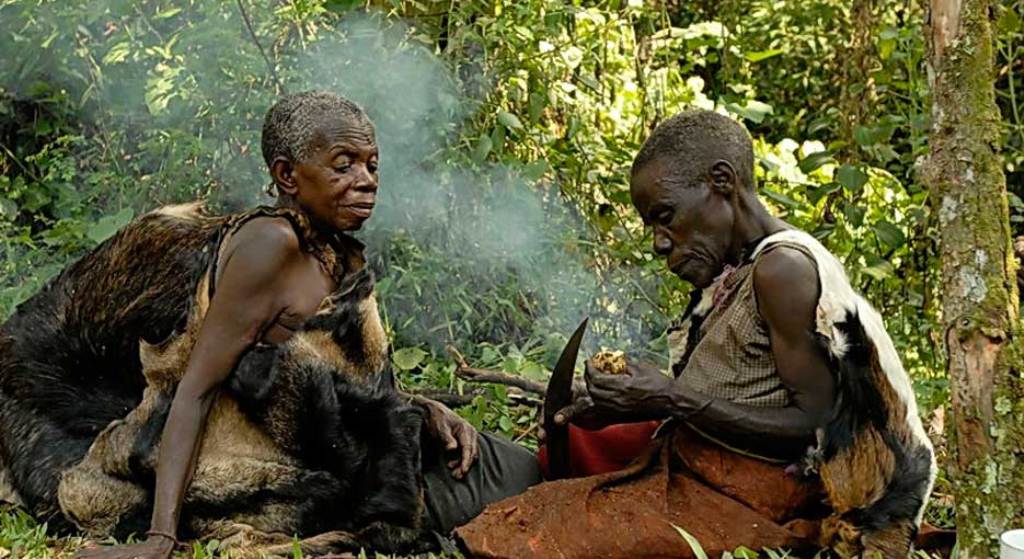
Karamojong cultural tour
The Karamojong cultural tour is an additional captivating cultural experience in Uganda. The Karamojong village tour immerses guests in the Karamojong Manyatta communities adjacent to Kidepo Valley National Park in northeastern Uganda. The Karimojong are renowned warriors and pastoralists who historically traversed extensive regions of Uganda and East Africa. The Karamojong are of Nilotic descent, speaking a language derived from the Nilo-Saharan Kalenjin, which is common among pastoralists in South Sudan, Kenya, and Uganda. Originating from Ethiopia in 1600, they inhabit the vicinity of Mount Moroto.
The Karamojong are segmented into clans referred to as the Bokora, Pian, and Matheniko. Their communities are led by the and all activities are conducted democratically.
The Karamojong have inhabited Uganda’s northeastern region for centuries. The Karamojong are recognized as a formidable tribe; throughout the colonial era, British administrations struggled to govern them, resulting in their land being designated as off-limits. Despite their historic nomadic practices, the majority of Karamojong tribes are transitioning to a sedentary lifestyle.
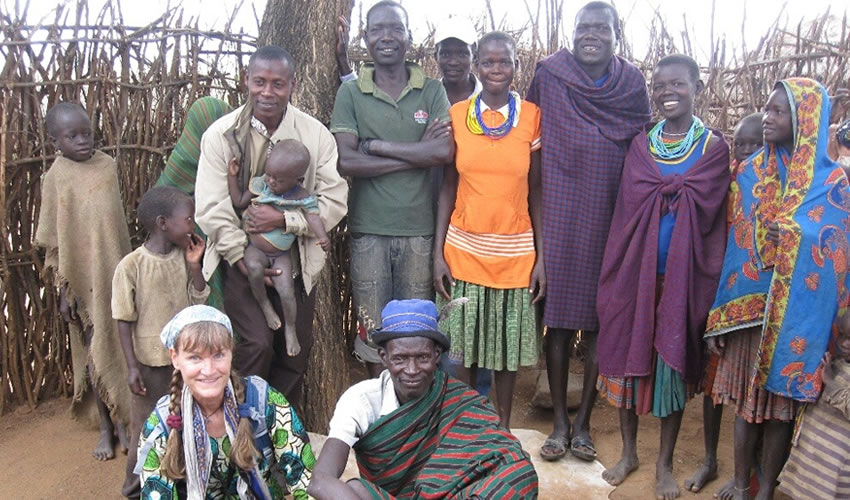
The Karimojong are traditionally nomadic pastoralists who depend on livestock, including cattle, goats, and sheep. In contrast to the majority of Uganda, where Christianity and Islam are predominantly practiced, the Karamojong continue to adhere to their ancestral religion, venerating a deity referred to as Akuj. The Karamojong have long held the belief that their deity, AKUJ, bestowed onto them all the livestock within their recognized region, asserting that all cattle, including those of neighboring tribes, rightfully belong to them.
They strongly oppose causing harm to wild animals during the transportation of their livestock between water sources and grazing areas. Tourists visiting Karamojong manyattas gain insight into their daily lives, habits, and culture. The Karamojong cultural tour is typically incorporated into Uganda safari itineraries for Kidepo Valley National Park.
Visiting a Manyatta offers a unique experience; the village architecture, dwellings, inhabitants, and language evoke a profound sense of unity and community. Upon arrival, guests are welcomed by exuberant youths frolicking around the homesteads. Upon visiting the Manyattas of Karamoja, the optimal conclusion to the day is to engage in song and dancing around a constructed fire. After examining the manyattas and witnessing the nomadic lifestyle of these individuals, partake in traditional dances and performances predominantly presented by children and women.
Kingdoms
Explore the historical narratives of the many kingdoms on your tour to Uganda. Locations such as the Buganda Kingdom and museums offer an unparalleled historical and cultural experience, allowing you to explore various artifacts and artistic creations, including royal drums and spears utilized in antiquity. Additionally, you may explore other palaces, such as the Buganda, Busoga, and Toro royal palaces, to gain insight into the functioning of the distinct kingdoms. You will get knowledge about many songs, customs, ethnic dances, and sports, among other aspects, during your memorable journey. Kampala, situated in the Buganda monarchy, is replete with historical landmarks. The most prominent include the Independence Monument, the Liberation Statue, and the Kabaka Muteesa I Statue, among others.
Kampala Culture
Kampala is a rapidly developing African city and an excellent destination for nightlife in Africa. Nonetheless, the city provides intriguing cultural excursions. Kampala, being the capital city, is inhabited by diverse ethnic groups; yet, it is situated within the Buganda Kingdom territory. The Buganda Kingdom is one of Uganda’s oldest and greatest kingdoms. The Baganda are the largest ethnic group in Uganda. They are a Bantu-speaking ethnic group that communicates in the Luganda language. The Baganda inhabit central Uganda, encompassing the districts of Kampala, Mpigi, Masaka, Mukono, Mubende, Kalangala, Kiboga, and Rakai, among others.
The Baganda were initially agrarians cultivating bananas, cassava, yams, sweet potatoes, beans, cowpeas, and various other crops. They also raised domesticated animals including goats, sheep, cattle, and fowl. The Baganda exhibited exceptional proficiency in hunting and fishing. Most domestic tasks and agricultural duties were assigned to women, and males concentrated on combat, hunting, and fishing. The Baganda possess one of the most affluent cultures in Uganda, and the Kampala cultural tour focuses on examining their cultural legacy.
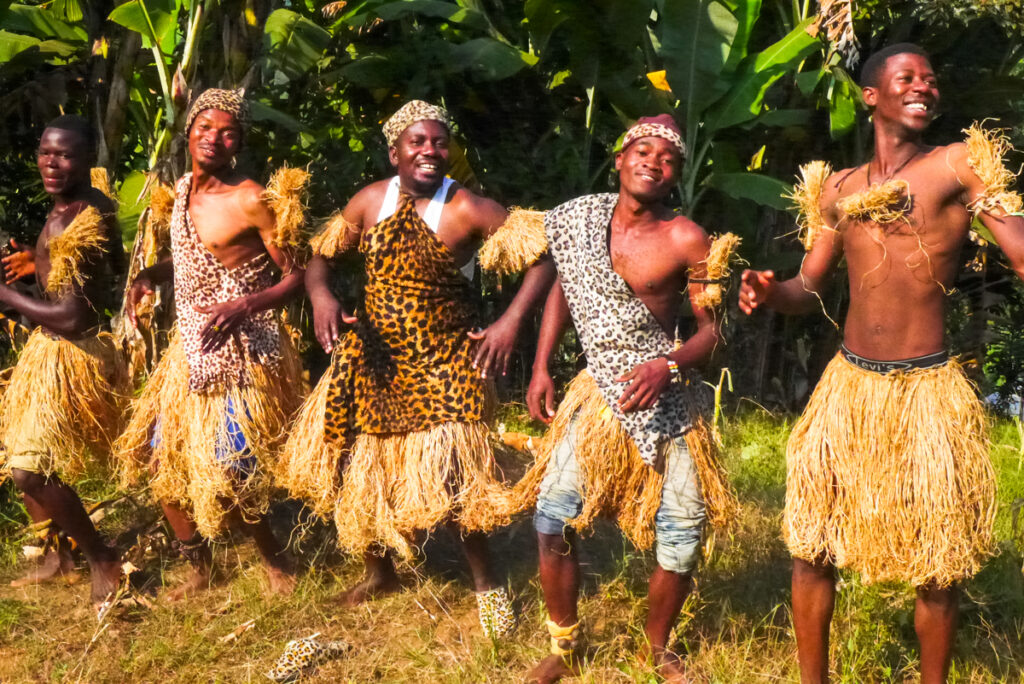
In addition to visiting Uganda’s premier historical sites, including the Uganda Museum and Namugongo Martyrs Shrine, tourists have the opportunity to explore the Buganda Kingdom Palace, the Bulange Parliament, the royal burial grounds at Kasubi, and Kabaka’s Lake. A cultural tour of the Baganda people mostly constitutes a tour of Kampala City. Tourists can experience genuine traditional performances at Ndere traditional Center to appreciate Uganda’s unique heritage.
Nshenyi Cultural Village
Nshenyi Cultural Village is a hamlet in Uganda located approximately 10 kilometers from the borders of Rwanda and Tanzania, roughly one hour from Mbarara City, and six hours from Kampala. The community has evolved into a cultural hub and a popular tourist attraction. The village, frequently visited during Uganda safaris to Lake Mburo National Park, is promoted as a farmhouse where travelers may gain insights into the culture and lifestyle of the local inhabitants. Cultural Village enables tourists to explore Ankole culture amidst the stunning scenery of western Uganda’s countryside. Nshenyi Cultural Village, a family-operated enterprise, directly sustains more than a dozen households in the adjacent area. The cultural village is rooted in the traditions of the people who have historically depended on the graceful long-horned Ankole cow. Tourists participate in daily agricultural activities, including milking cows prior to breakfast, cleaning the kraals, preparing ghee, touring the cattle farm and residence, and visiting a local school during their homestay experience.
Uganda boasts a diverse array of cultures that merit exploration; in addition to the aforementioned popular cultural tours, other notable options include the Entanda Cultural Experience, the Imbalu Cultural Ceremony, and a visit to the Boma Women’s Group of Bunyoro, among others. Notable cultural attractions in Uganda encompass the Nyero Rock Paintings, Naggalabi Coronation Center, Sezibwa Falls, Igongo Cultural Center, Bigo bya Mugenyi, among numerous more.
Alternative cultural excursions
Other civilizations warranting honorable mention include the villages surrounding the crater lakes, the agriculturalists, and the Sabiny tribe in Eastern Uganda, among others. A visit to a cultivator’s residence will elucidate the cultivation of specific foods, the cultural beliefs of the communities surrounding the crater lakes, and the traditions of the Sabiny, who predominantly produce runners in the nation.
